Walk into a modern veterinary hospital today and you'll find a striking sight: technology once exclusive to human medicine—from advanced CT scanners to sophisticated physical therapy rooms—is now standard practice. This isn't just simple borrowing; it's a profound medical revolution that is fundamentally changing how we diagnose, treat, and care for the animals we love.
How Human Medical Technology Is Changing the Animal World
In the past, when our pets fell ill, veterinarians had limited tools, and their diagnostic and treatment methods were relatively basic. But today, if you walk into a modern animal hospital, you might be surprised to find that the equipment is almost indistinguishable from a human hospital.
From sophisticated ultrasound machines to advanced computed tomography (CT) scanners and even dedicated physical therapy rooms, it all points to a trend that's currently unfolding: human medical technology is being borrowed and adapted for the field of veterinary medicine at an unprecedented pace. This medical "borrowing" is more than just a simple replication of equipment; it's a profound healthcare revolution that is fundamentally changing the way we care for animals.
Three Key Drivers of this Transformation
- Physiological Commonalities:Humans and many animals, especially cats and dogs, share striking similarities in their physiological structures and disease mechanisms. This allows research findings in human medicine for conditions like diabetes, heart disease, and cancer to serve as a valuable basis for veterinarians. For example, the same insulin used for humans can effectively treat diabetic dogs, precisely because they share similar physiological response patterns.
- Cost-Effectiveness:Developing dedicated medical equipment for each animal species is prohibitively expensive, given the high R&D costs and small market size. In contrast, using mature, mass-produced, and safe human medical technology is a far more economical and efficient choice. This allows more animal hospitals to afford advanced equipment, thereby raising the overall standard of care.
- Veterinary Judgment and Regulatory Flexibility:In many countries, regulations provide flexibility, allowing veterinarians to legally use human medical products—a practice known as "off-label use"—when no animal-specific product exists. This is done based on their professional judgment and with the owner's consent. This flexibility gives veterinarians a wider range of treatment options, ensuring animals can receive the best possible care during critical moments.
Borrowed Medical Equipment and Technology
- High-Tech Diagnostic Tools:Advanced imaging equipment like ultrasound, X-rays, CT scans, and MRIs allows veterinarians to "see" lesions inside an animal's body, leading to much more precise diagnoses. This is crucial for diagnosing heart disease, tumors, or complex skeletal problems.
- Precise Treatment Methods:In surgery, techniques like endoscopic minimally invasive surgery and laser surgery effectively reduce trauma to the animal and speed up their recovery. In terms of medication, many human chemotherapy drugs and antibiotics, after precise dosage adjustments, have also become effective tools for treating animal diseases.
- Auxiliary and Support Systems:Equipment used on humans, such as medical masks, ventilators, and infusion pumps, provides animals with the same life support as humans during surgical anesthesia, respiratory distress, or shock. This has significantly increased animal survival rates.
Challenges and Reflections on this Transformation
- Technical Adaptability and Risks:While many technologies can be borrowed, there are still significant differences between animals and humans in terms of body size, metabolism, and physiological responses. Precisely adjusting dosages, adapting procedures, and evaluating potential side effects is a major test of a veterinarian's professional expertise.
- Medical Costs and Accessibility:Introducing this advanced equipment and technology has also caused a steep increase in the cost of animal medical care. This can force some pet owners to give up on treatment due to high expenses, sparking a debate about the fairness of access to veterinary resources.
- Professional Development for Veterinarians:Veterinarians must continuously train and learn how to operate and apply these complex devices and techniques to ensure treatment is both safe and effective.
Conclusion
This transformation from human to animal medicine is more than just a technological advancement; it's a reflection of a changing attitude toward the animals in our lives. As this trend continues, future veterinary medicine will no longer be a mere shadow of human medicine. Instead, it will be a fusion of the best of both fields, providing higher-quality and more humane care for our pets.
However, while we enjoy the benefits of this technology, we must also consider how to balance its progress with the accessibility of care, so every animal has the right to be treated with dignity.



.jpg)
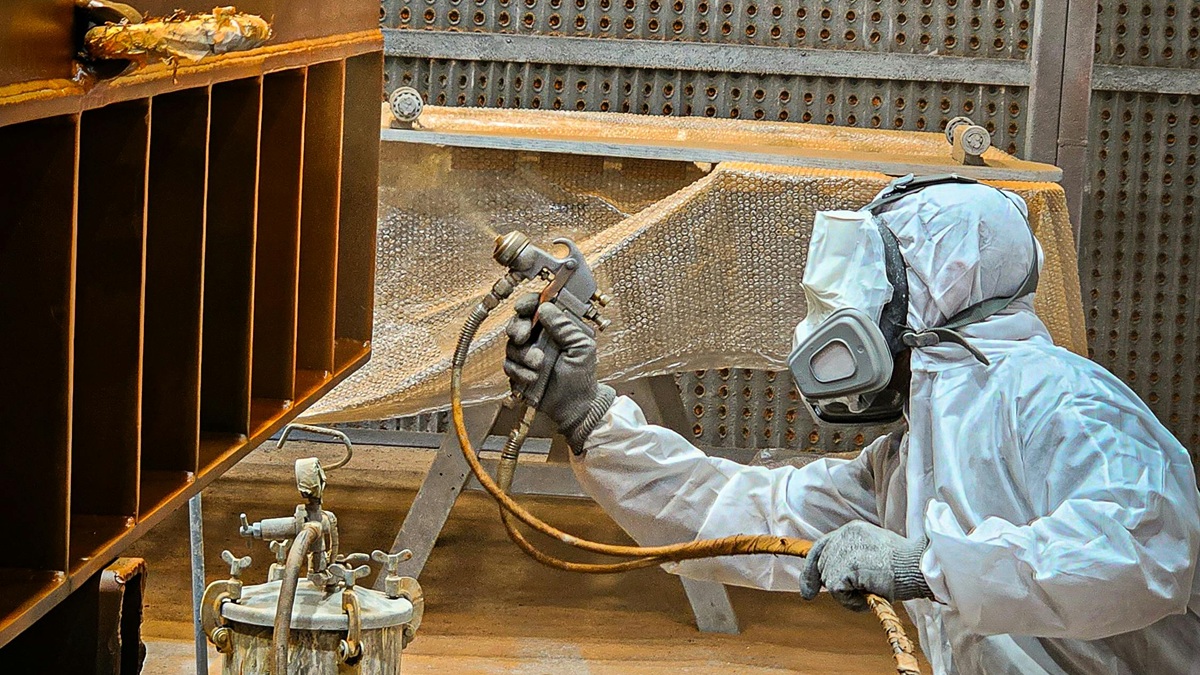

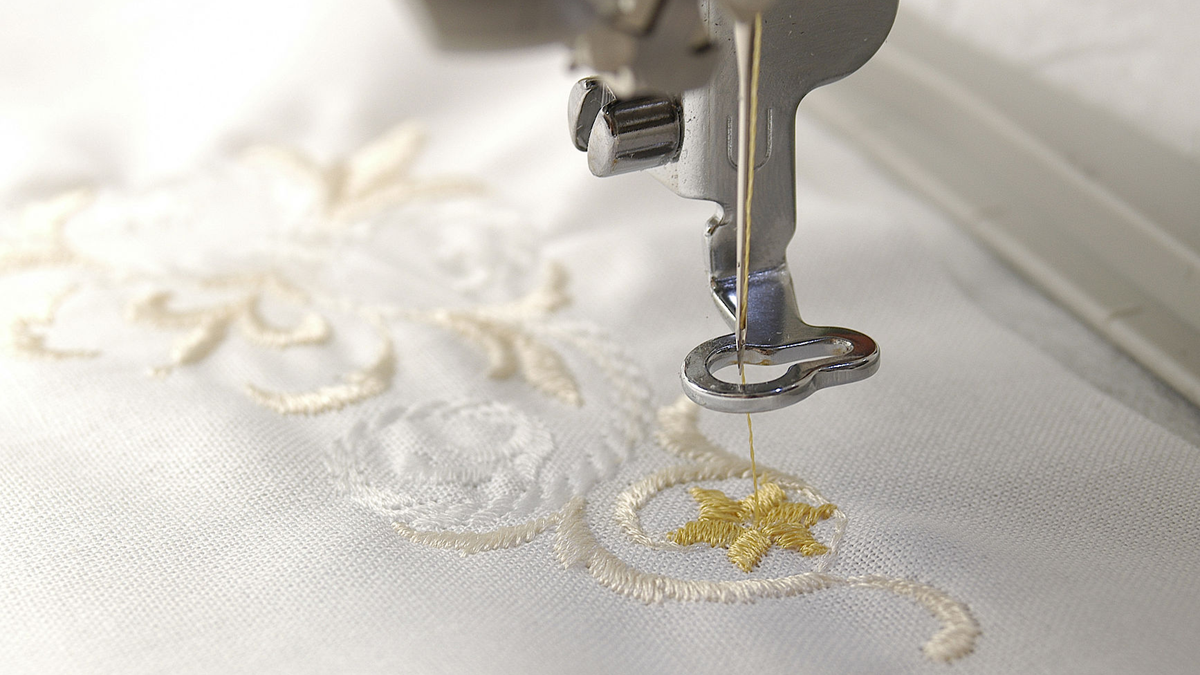
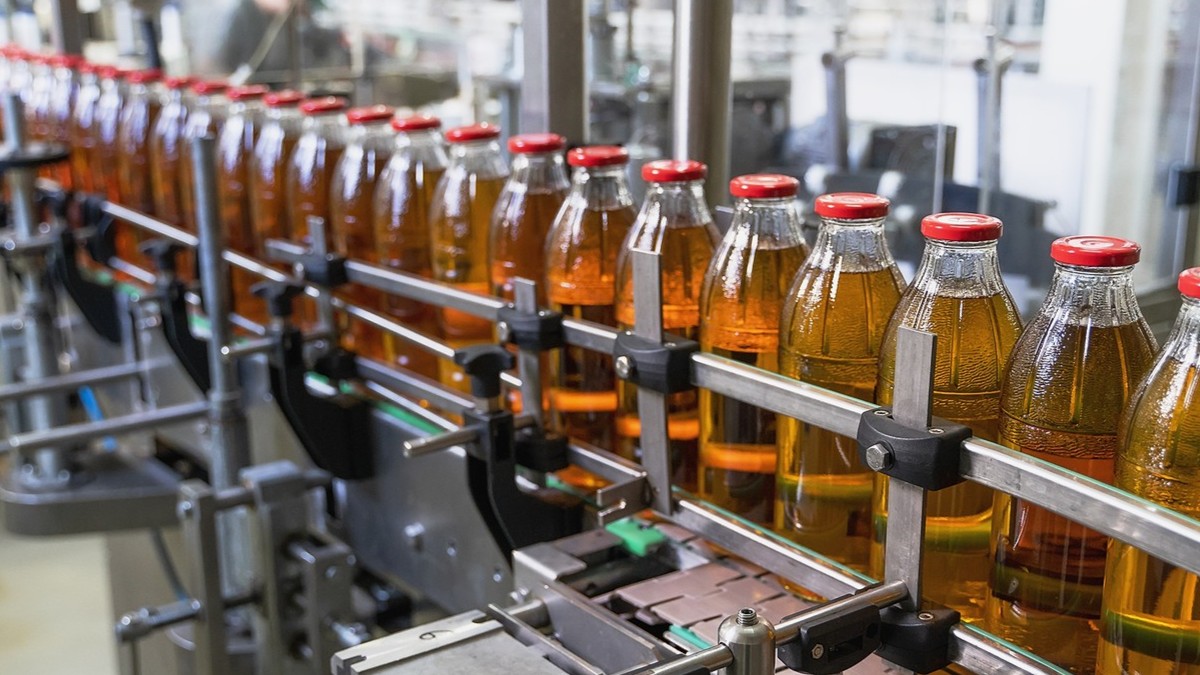
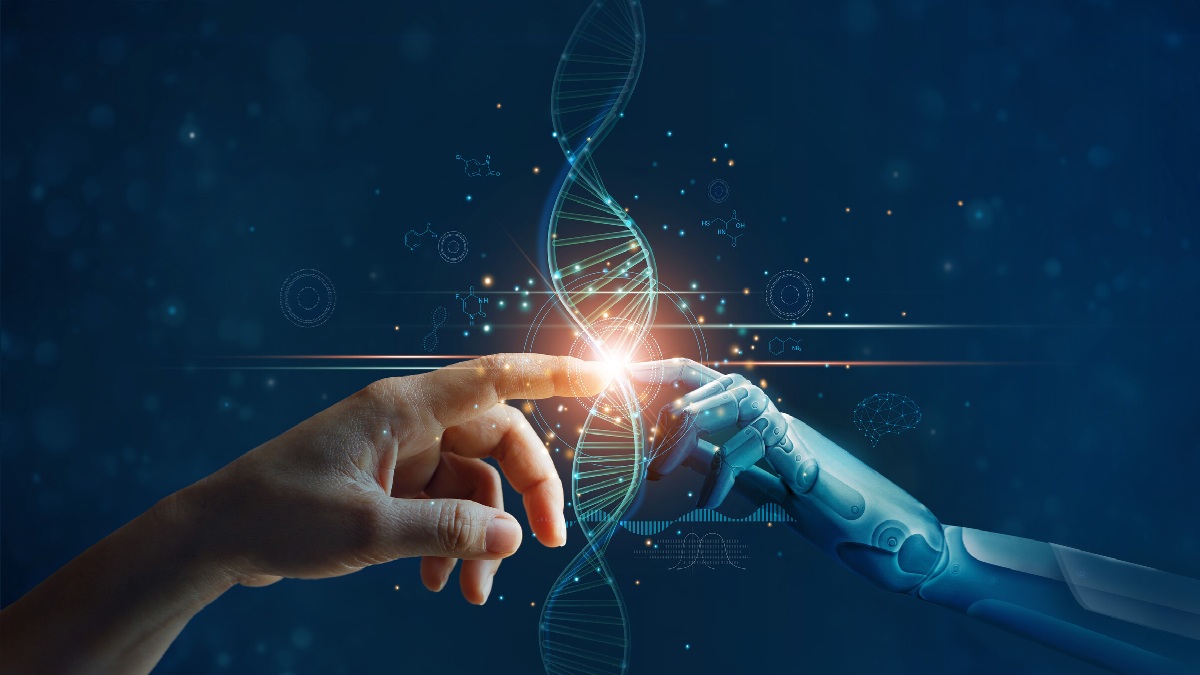
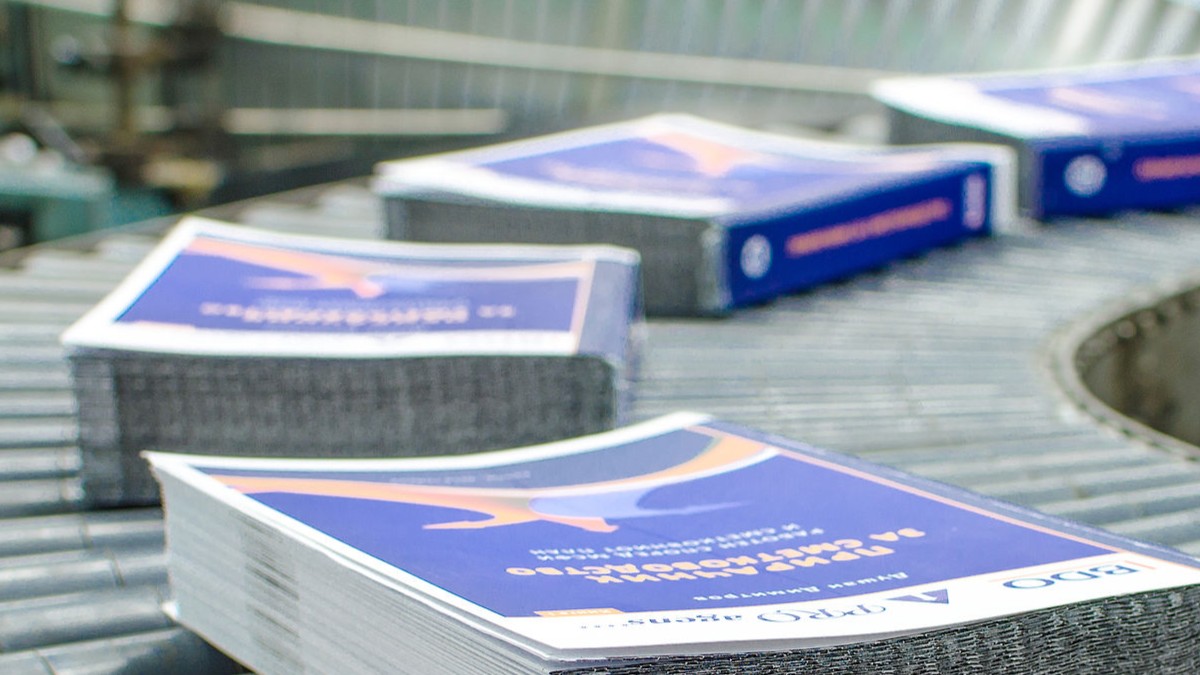


.jpg)
.jpg)
.jpg)